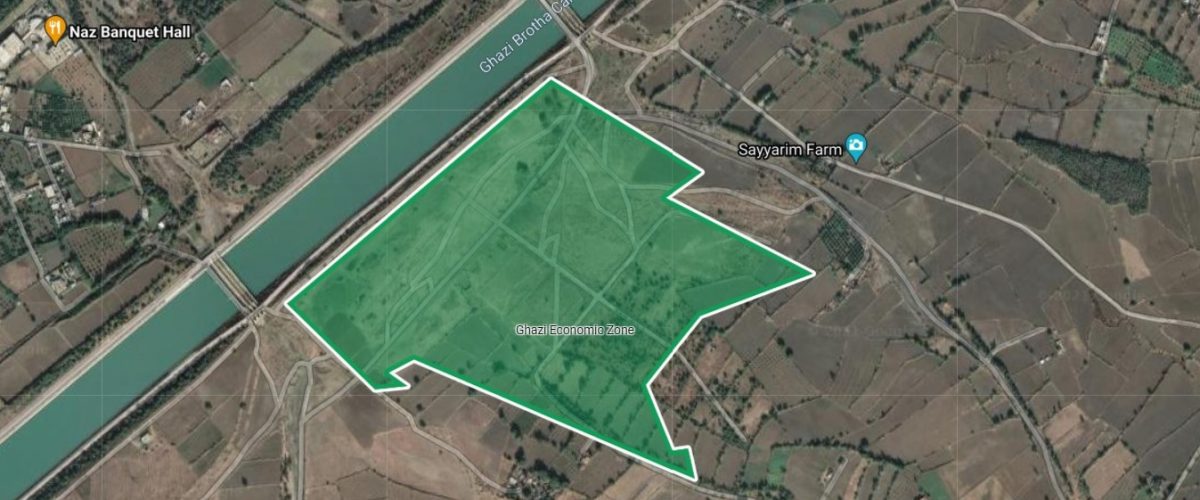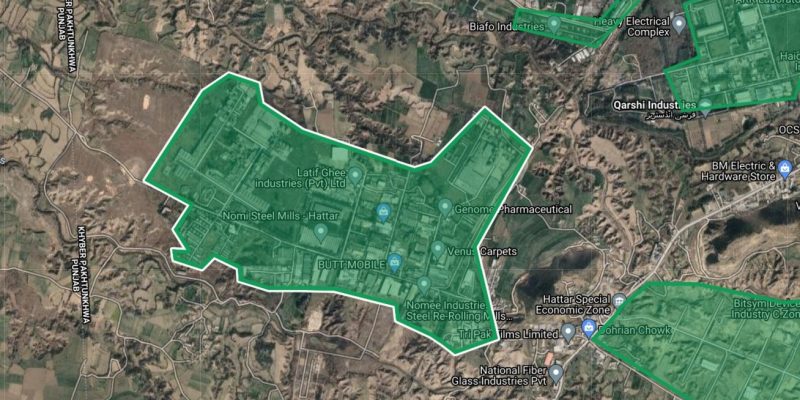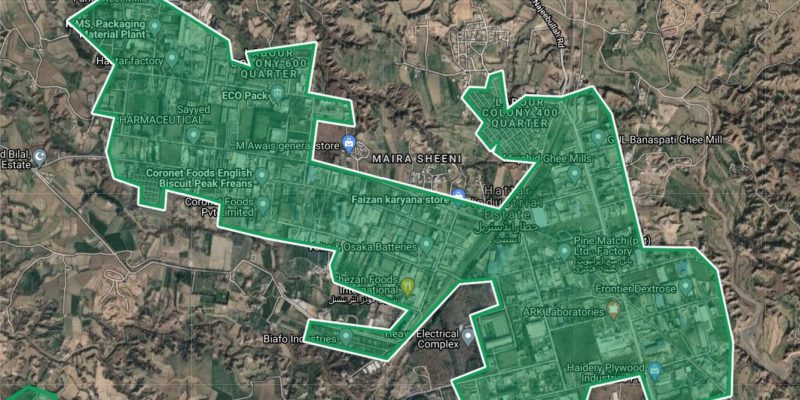Haripur District
Trend Analysis
Demographics | 1998 | 2017 |
Area SqKms | 1725 | 1725 |
Population | 692228 | 1003031 |
Population Density / SqKm | 401.3 | 580 |
Rural Population | 609493 | 903657 |
Total Housing Units | 106330 | 163490 |
Housing Units having Electricity | 79643 | 100619 |
Housing Units Having Piped Water | 54220 | 90547 |
Housing Unit using Gas for cooking | 4958 | 6013 |
Source: Pakistan Bureau of Statistics
Outline
Haripur District has a thriving agriculture and horticulture sector along with a well-established Industrial and mining setup. For Haripur to enter the league of advanced cities of South Asia, the focus should remain on polishing the current sectors, which can make this district a ‘Multifaceted Hub of Mining, Construction, Manufacturing and Agriculture’. Additionally, there is potential to extract fruits of carbon credits from forestry sector. A tourist spot called Julian site was visited by 1466 foreign visitors in 2016 as per tourism department report.
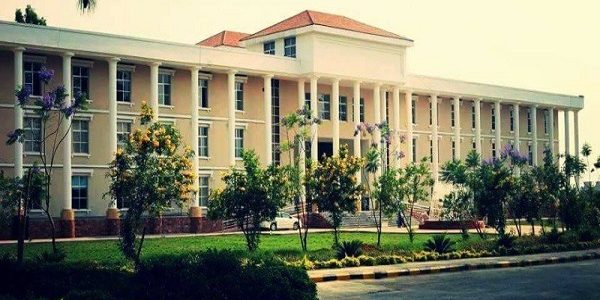
I. Manufacturing Sector
Snapshot
Haripur hosts an industrial setup that manufactures a wide range of products like cement, chemical plants, heavy electrical plants, textile mills, food processing plants, steel mills, lather industry, textiles, beverages, ceramics, edible oil/ghee, furniture and soaps/shampoo. Among these, cement, cigarettes and textiles are already being exported worldwide, while the others products are mostly in demand locally. With the normalization of security situation in the province and advent of CPEC, it is high time that the industrial setup of Haripur is given a boost by wooing local and foreign investors to move in. In particular, there is a special opportunity for setting up new industrial units, like automobile assembly units (Sedans and Heavy Duty Trucks) or other heavy industries in the area.
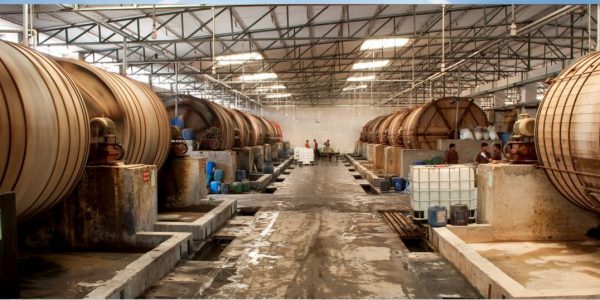
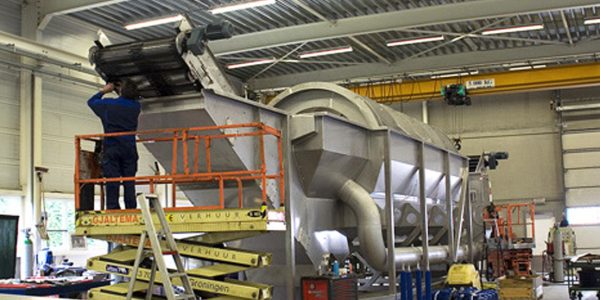

Strengths
- Huge manufacturing setup.
- Normalization of law and order.
- Close proximity to CPEC route.
Opportunities
Government of KP can take following route to make Haripur a major Industrial and Manufacturing Hub of the province:
- In Hattar Special Economic Zone, ensure that;
a. Investors willing to setup industrial units for sophisticated new technology be given
special concessions. Uninterrupted supply of discounted electricity from special power generation plant designed for the zone.
c. A impregnable security system.
d. Water Treatment Facility.
e. Modern residence colony for workers equipped with modern educational, health and shopping facilities. - Especial focus can be laid on setting plants that specialize in production of hi tech equipment, previously not introduced in the country.
- Provide special insurance bonds to foreign companies so that their security and damages fears could be removed.
- In cooperation with Pakistan Railways, the rail connections between Haripur and other Industrial cities of Pakistan (Peshawar, Taxila, Faisalabad, Lahore etc.) could be strengthened through fast trains. This would allow quick transportation of raw materials and industrial products.
2. Hydro-Electricity Farm
Snapshot
- Indus River flowing through Haripur provides multiple locations for small, medium and large dams. A brief summary is given below:
Total hydroelectric potential (present capacity, work in progress and surveyed) stands at around 2,370 MW –– with some major identified projects include (Terbela 4th
Extension), Terbela 5th Extension 1410 MW and Khanpur left bank canal 0.3 MW. - The electricity demand of approximately 1 million local population stands at approximately 100 MW (National average is 1 MW per 10,000 people).
If the population growth rate along with expected increased business activity are considered, the electricity demand could be around 300 MW in next 10 years (3 times of current demand). Which means that the region can either transmit excess electricity (2130 MW) to national grid and gain substantial revenue, or export it to neighboring energy starved Afghanistan and even Central Asia.
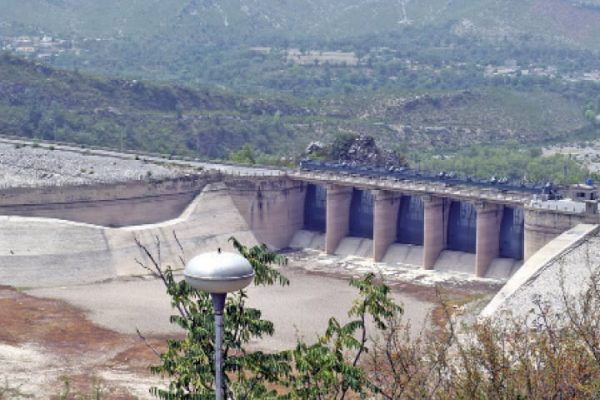
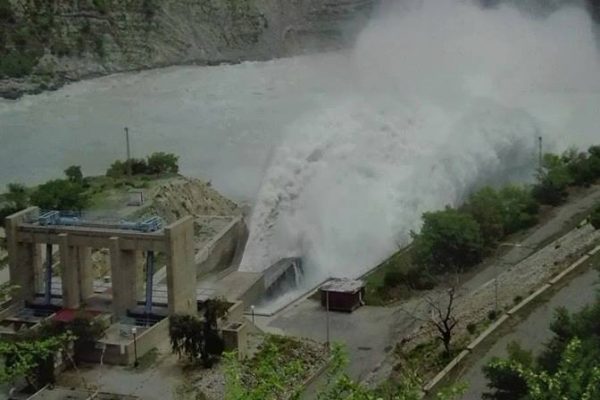
Strengths
1. Hydroelectric potential and surplus electricity production potential in future.
Opportunities
- Haripur can become one of the nation’s ‘Electricity Farms’, given the major potential it
carries, especially in summer months. But following needs to be taken care of by PEDO: - On priority bases, ensure that the current and medium-run (5 years) energy demand of local consumers is met first. In addition, some backup projects for current demand of electricity be initiated as well.
- For winters, when electricity supply would be low, make arrangements for alternative supply sources.
a. Investigate the potential of bridging the supply gap with solar power.
b. Alternate source power stations can also be constructed here. - Implement plans for construction of Hydro Power Stations for excess electricity in future;
a. Tenders be opened for their construction immediately.
b. Road and other communication infrastructure be improved for ease in supply of raw material. - Consider a local power generation and distribution company for Haripur which would be responsible for generating and distributing electricity to NTDC / Operator. It will give local ownership and take focus away from PESCO.
Mining Sector
Snapshot
Haripur truly is rich with all types of minerals, including Dimension Stones (Marble, Calcite, Bartyes, Graphite, Latrite, and Dolomite etc.) and Industrial Rocks (Graphite, Limestone, Gypsum, Shale Clay, Slate Stone, Soap Stone etc.). Marble, Gypsum and Limestone, in particular, are produced in enough quantity not only to meet the domestic demands but also international demands (China, Middle East and Central Asia via CPEC route). Additionally, traces of heavy metals, such as lead have also been found in the district and more research is required for their proper estimation.



Strengths
- Rich with all type of minerals.
- Marble, gypsum and limestone in abundance – can be exported in large quantity.
- Traces of heavy metals found in the district.
Opportunities
In order to overcome the above mentioned challenges faced by the industry, and make it more competitive for global market, following policy recommendations can be adopted:
- Establish a ’Mineral and Construction City’ , preferable in Haripur Economic Zone and ensure provision of:
- Plots and basic utilities, i.e. electricity, gas, insurance, security etc. for potential investors in construction sectors.
- A small scale power generation unit for supplying uninterrupted electricity to the industrial units.
- A research institute on for mineral extraction and processing.
- Technical Training Center.
- Shopping Mall and Hotels.
- Business Park and Office Space.
- Representative offices of KP Mineral Development Department.
- Freight Handling & Customs Centre.
- Bids should be open to invite local and international companies which have a reputation in construction business to open their facilities in the Economic Zone.
- The office of KP Mineral Development Department should offer regular assistance to industry in general on modern mining techniques, equipment handling and environmental safety.
- Immediate surveys should be conducted to estimate the exact amount of heavy metals found in the district;
- Assistance for geological survey could be sought from Germany, Italy, Austria etc. (countries with experience of mining heavy metals).
- Financial assistance could be taken from USAID, DFID etc.
- KP Mineral Development Department needs to prepare an Investor’s Brief that clearly quantify / identify the potential of mining minerals in the area, and state the current level of investigation for the total amount of minerals available.
- To increase accessibility of local mine and industry owners to finance, KP Government can use following options:
- Establish a ‘Mineral Development Bank’ for financial and technical support of mining industry.
- Encourage all state owned and private banks to offer easy credit to the local owners.
Horticulture
Snapshot
Horticulture sector of Haripur District produce a vast variety of vegetable and fruit products (largest producer in Hazara Division. Among fruits, citrus, peach, apricot, persimmon, plum, loquat of Haripur are of good quality. In the vegetable category, potato, turnip, tomato, peas, okra and beans are quite well known. Given the advent of CPEC in KP, it is high time that the horticulture of Haripur District is given a boost so that it can become a major “Fruit Supply Centre” to China, Central Asia and Middle East.



Strengths
- Owing to CPEC route, Haripur can become a major fruit supply center.
Opportunities
To fully utilize the potential of this sector, following steps can be taken by KP Agriculture Department:
- Assisting the local farmers in restoring and expanding their farms in cooperation with donor agencies and Agriculture Department of KP.
- Regular workshops and seminars should be conducted to educate farmers on modern farming techniques. In this regard, assistance from USAID could also be sought;
- Secretariat of Commerce can facilitate the apple farmers in establishing new linkages with foreign buyers in Middle East, Central Asia, China and Eastern Europe –– since these regions would now be more easily connected via CPEC and corresponding OBOR trade network.
- Food companies, specialized in making fruit based products –– juices, marmalades jams, yoghurts, creams etc. –– can be invited to setup their processing plants in the area. For instance, Mitchells, Shezan.
- ’Private regulated markets’ can be introduced in the region, which not only can increase the productivity of horticulture but would also benefit both consumers and sellers. For this, these steps are needed to be taken:
- Streamline the management structure.
- Educate the farmers and distributors about the value of hygiene and value addition, and ensure they provide quality products.
- Promote gradual institutional development.
- Avoid rigidities of predetermined, fixed staff.
- Make revenue collection automatic.
- Investments to improve common infrastructure and facilities should be a continual process.
Agriculture
Snapshot
Haripur District also carries a significant comparative advantage in production of cereal crops (wheat, maze, barley etc.) and hence employs a big portion of the labor force. It is largely thanks to irrigation system and fertility of the land. Though the agriculture sector of Haripur is fairly developed there is still an opportunity to improve and make it an able sector that can compete with global markets.

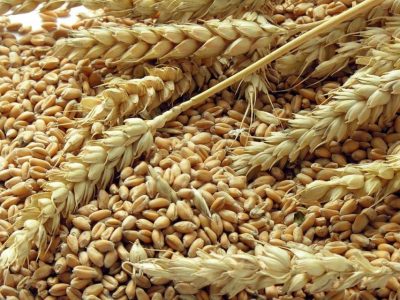

Strengths
- Production of cereal and cash crops.
- Utilizes big portion of labor force.
- Effective irrigation system and fertile land.
Opportunities
The Government of KP can act upon following recommendations to increase the efficiency of this sector:
- Given low education level of local farming community and their subsistence farming approach, it is advised that:
- Agriculture department of KP, in collaboration with Agriculture University of KP, should apprise local farming community of productivity levels of different crops in their area.
- Farmers should be encouraged by the Government to plant crops in which their given area holds comparative advantage. In this regard, a certain amount of financial cushion should be provided to farmer to help them in the transition phase –– in cases where farmers are not used to or not familiar with a high yielding agricultural product.
- Regular workshops and seminars should be conducted to educate farmers on modern farming techniques. In this regard, assistance from USAID could also be sought.
- Ministry of Commerce should help provide the local farmers to have access of their products to the neighboring countries, i.e. Afghanistan, China and Central Asian States. As area is close to the newly developed CPEC road infrastructure, it would be a very feasible initiative.
- To make credit easily accessible to local farmers following actions can be taken;
- Encourage financial institutions to offer credits scheme or easy financing to the farmers. Khyber Bank and ZTBL branches can play important role.
- Educate the farmers how easy credit schemes could help them in getting accessories and expanding their output.
- With consultation and consent of the local farmers and other stake holders, China could be offered to buy some of the land for farming, given the expected shortage it would face in future for cereal products. It has already bought some land in Africa and Russia for this purpose. Given the proximity of Haripur with CPEC route, it would be much feasible for China to invest here.
Forestry
Snapshot
Haripur is well resourced with forest cover, which amounts to 210316.92 hectares of area (Billion Tree Afforestation Project, GoKP, http://103.240.220.71/btt/haripur/). As now, the local population use it mostly for fire wood. If properly managed and incentivized, this industry has potential to grow. Plus, there is opportunity to earn some “carbon credits’ with the available forest, as developed countries have well exceeded their quota of carbon emission and hence can buy it from Pakistan.



Strengths
- Comparatively bigger forest cover than its neighboring districts.
Opportunities
The Government of KP can act upon following recommendations to increase the efficiency of this sector:
- Campaign of ‘Billion Tree Tsunami’ should be implanted in letter and spirit in the area.
- To completely curb the timber mafia, the forest guards should be equipped be with modern facilities and their number should be increased as well.
- Government to ensure that all households have gas connections or other alternative fuel sources.
- A small vocational institute in the district for training of local people in quality carpentry.
- The area under forest should be offered to international companies for carbon trading, through competitive bidding process;
- The selected companies would be leased a selected portion of land under forest or land designated for plantation of forest.
- Companies would primarily responsible for protection of the forests. They could involve local community in this regard.
- The revenue earned through carbon crediting would be shared appropriately between the companies, the Forest Department of KP and the locals.
- For the preservation of current forest reserves in the area, the government should also collaborate with REDD+ Project in Pakistan (Reducing Emission from Deforestation and Forest Degradation), an initiative International Centre for Integrated Mountain Development and WWF-Pakistan or other similar projects;
- REDD+ Project officials would develop capacity development of all stakeholders in the area.
- They would also provide consultancy to the stakeholders and independently monitor the progress of whole process.
Ghazi Economic Zone
Address: Address: Zone Office, Ghazi Economic Zone, Main Ghazi Tarbella road Ghazi, KP
Contact Person: Tayyab Mehmood (Manager Estate Office-Ghazi)
Email: tayyab.mehmood@kpezdmc.org.pk
Phone Number: +92 341 2549408
Hattar Special Economic Zone
Address: Zone Office, Dhorian Chowk, Near Total Filling Station, Hattar, Haripur, KP
Contact Person: Muhammad Ali Ozgen (Manager Estate Office-HSEZ)
Email: ali.ozgen@kpezdmc.org.pk
Phone Number: +92 335 0099205, 0995 617078
Hattar Economic Zone
Address: KPEZDMC Zone Office, Hattar Economic Zone, Hattar Haripur KP
Contact Person: Faisal Aziz (Manager Estate Office-Hattar)
Email: faisal.aziz@kpezdmc.org.pk
Phone Number: +92 334 8779014, 0995 617608
Conclusion
Haripur district is full of opportunities for the investors and if these opportunities are addressed properly while defending the above mentioned threats, the district economy has the potential to grow excessively.

